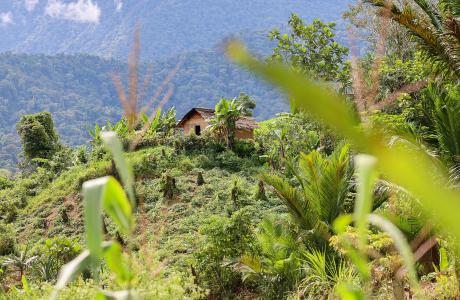Papua New Guinea
Papua New Guinea (PNG), in the southwestern Pacific, encompasses the eastern half of New Guinea and its offshore islands. A country of immense beauty, cultural and biological diversity, it’s known for its beaches and coral reefs. Inland are active volcanoes, granite Mt. Wilhelm, dense rainforest, huge swamps and hiking routes like the Kokoda Trail. There are also traditional tribal villages, many with their own languages.
Facts
- Capital – Port Moresby - 391,000 population
- Population - 7,399,757 (July 2021 est.)
- Official languages – Tok Pisin (official), English (official), Hiri Motu (official), some 839 indigenous languages spoken (about 12% of the world's total); many languages have fewer than 1,000 speakers
note: Tok Pisin, a creole language, is widely used and understood; English is spoken by 1%-2%; Hiri Motu is spoken by less than 2%
- Government – Parliamentary Democracy under a constitutional monarchy; a Commonwealth realm
- Religions: Protestant 64.3% (Evangelical Lutheran 18.4%, Seventh Day Adventist 12.9%, Pentecostal 10.4%, United Church 10.3%, Evangelical Alliance 5.9%, Anglican 3.2%, Baptist 2.8%, Salvation Army .4%), Roman Catholic 26%, other Christian 5.3%, non-Christian 1.4%, unspecified 3.1% (2011 est.)
- Total land area – 452,860 km2
- Currency – PGK
- Time zone – UTC+11
Health statistics
- Infant mortality rate: 40.33 deaths/1,000 live births
- Maternal mortality rate: 145 deaths/100,000 live births (2017 est.)
- Life expectancy at birth: 69.86 years
- Health expenditure: 2.4% (2018)
- Physician density: 0.07 physicians/1,000 population (2018)
- Unimproved drinking water source: total 57% of population (2017 est.)
- Children under the age of five under weight: 27.8% (2009/11)
Source: CIA World Fact book

